Bloom Research, Inc. (BRI) is dedicated to furthering the understanding and conservation of wildlife species and their habitats, specializing in the raptors of the southwestern United States. We are committed to the development, implementation, and promotion of innovative scientific research and population monitoring to fill information gaps and demonstrate the effects of humanity’s advancing pressures on wildlife populations.
Our original findings are presented in technical reports, scientific publications, and professional guidance documents. We plan to support scientific research by obtaining, utilizing, and awarding long-term, sustainable funding.
At BRI, we believe in the promotion of environmental education, mentorship, and volunteerism to encourage future generations of researchers, field scientists, and conservationists. We foster communication and collaboration among diverse professions and agencies as we strive to be a source of sound scientific information and guidance for lawmakers, business leaders, environmentalists, and the public.
Ongoing projects
Research and Conservation
Our ongoing, 45-year study on dispersal patterns and population productivity in Red-shouldered and Red-tailed Hawks in southwestern California continues to yield intriguing and informative results. One fascinating finding is that productivity in the two raptor species shows predictable synchronous oscillations that we think are predominately influenced by weather patterns. We also have detected declines in territory occupancy, suggesting declines in population numbers or dispersal to new breeding areas. Currently, we are seeking funding to further explore how our productivity data relate to temporal changes in local and regional weather, including weather patterns influenced by El Niño Southern Oscillation and climate change. We also hope to secure funding to conduct research to determine if declining territory occupancies can be explained by declines in population numbers and, if so, if the population declines are caused by inclement or changing weather patterns, habitat alterations or loss, exposure to contaminants (e.g., rodenticides), or increased susceptibility to infectious diseases (e.g., West Nile Virus).
In addition we are working towards acquiring satellite transmitters as well, so that we can track and better understand the atypical movement patterns of fledgling Red-tailed and Cooper’s Hawks in southern latitude populations. Publishing results from BRI’s innovative scientific research program is ongoing and we continue to publish independent research conducted by Peter Bloom on raptor ecology, raptor population status, population threats, conservation and management needs, and efficacy of conservation actions.
Consilience: Artist Presentation Iniative
Bloom Research promotes artistic inquiry within the context of the biological sciences with “Consilience: Artists Presentation Initiative". This lecture series features both nationally recognized and emerging artists who employ the disciplines of Biology and Environmental Science for crossing boundaries, making connections, and creating new categories for cultural production. These artists’ practices, though often poetic and discursive by nature, are nevertheless actively informed by the rigors and intellectual intricacies of scientific investigation. The presenters in this lecture series use varied scientific methodologies as their muse, and—on occasion—as their medium as well.

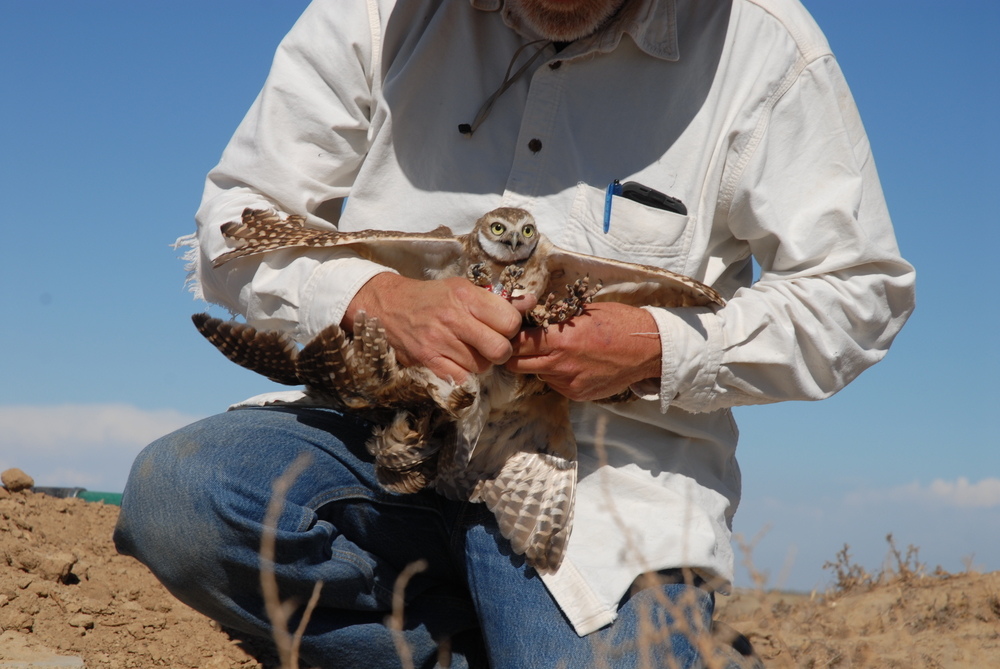

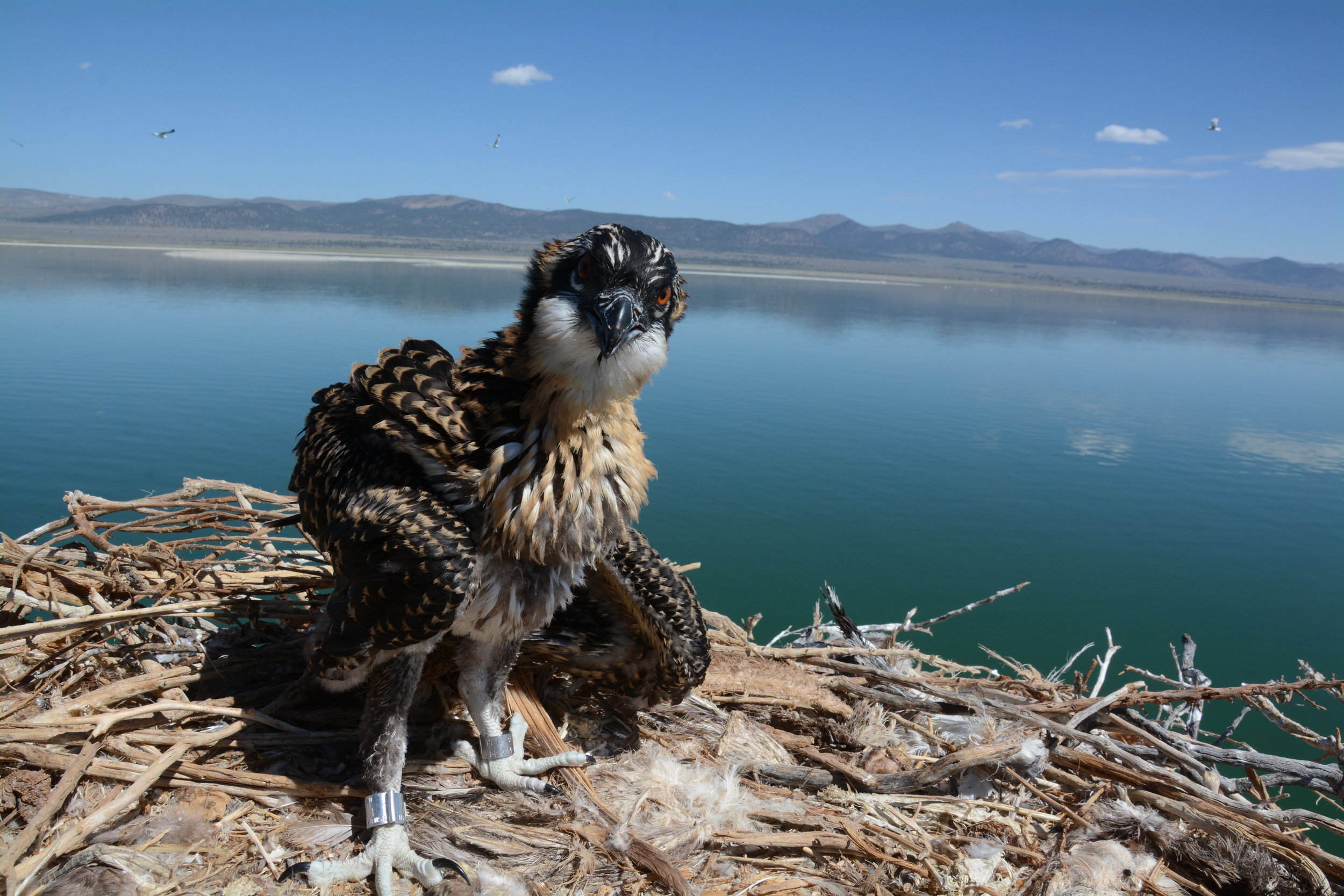
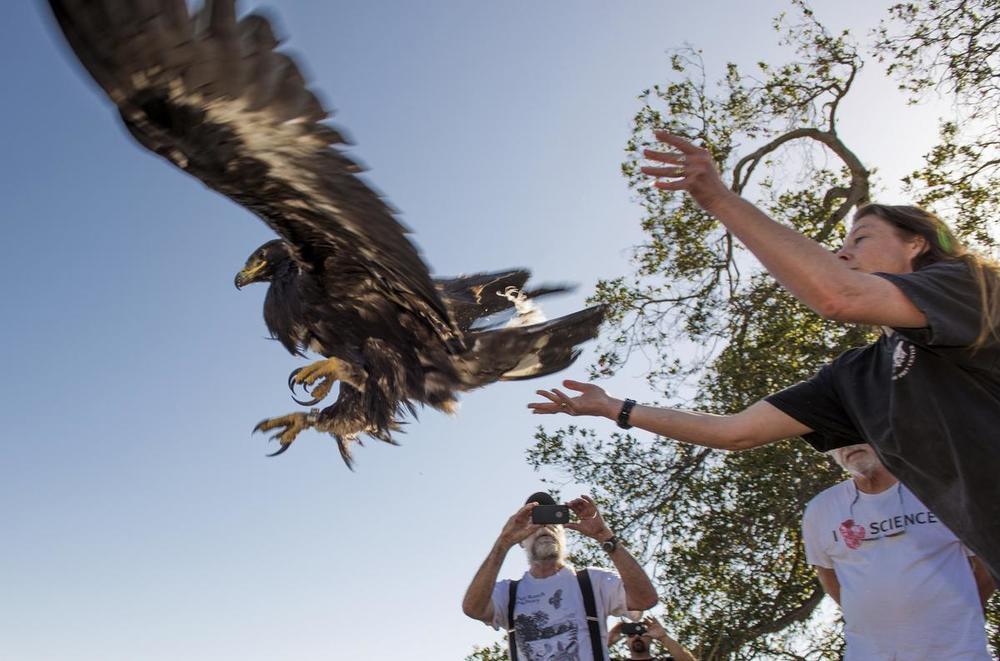
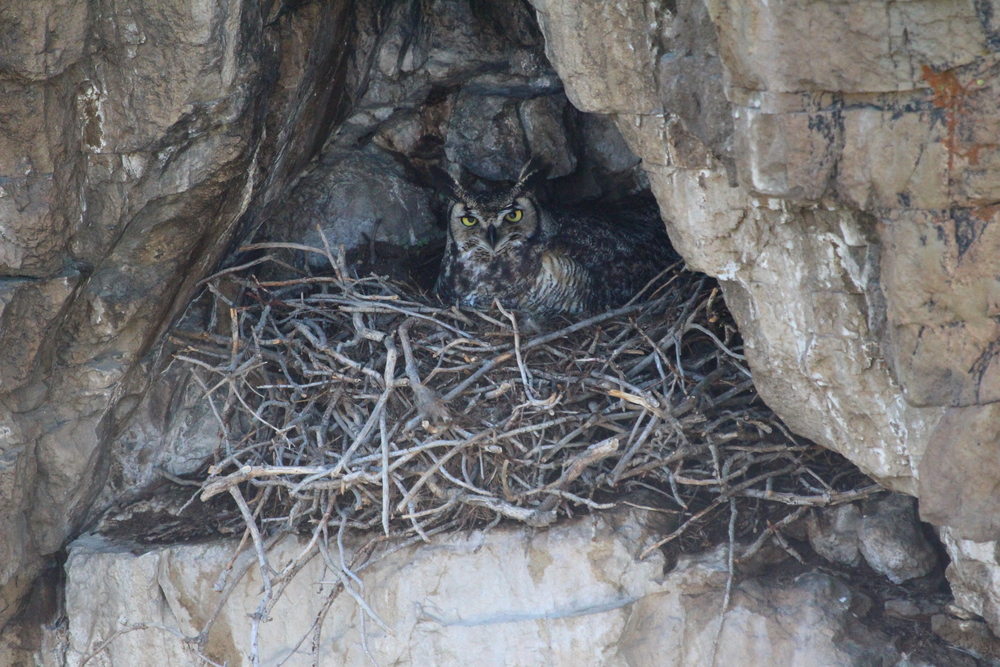




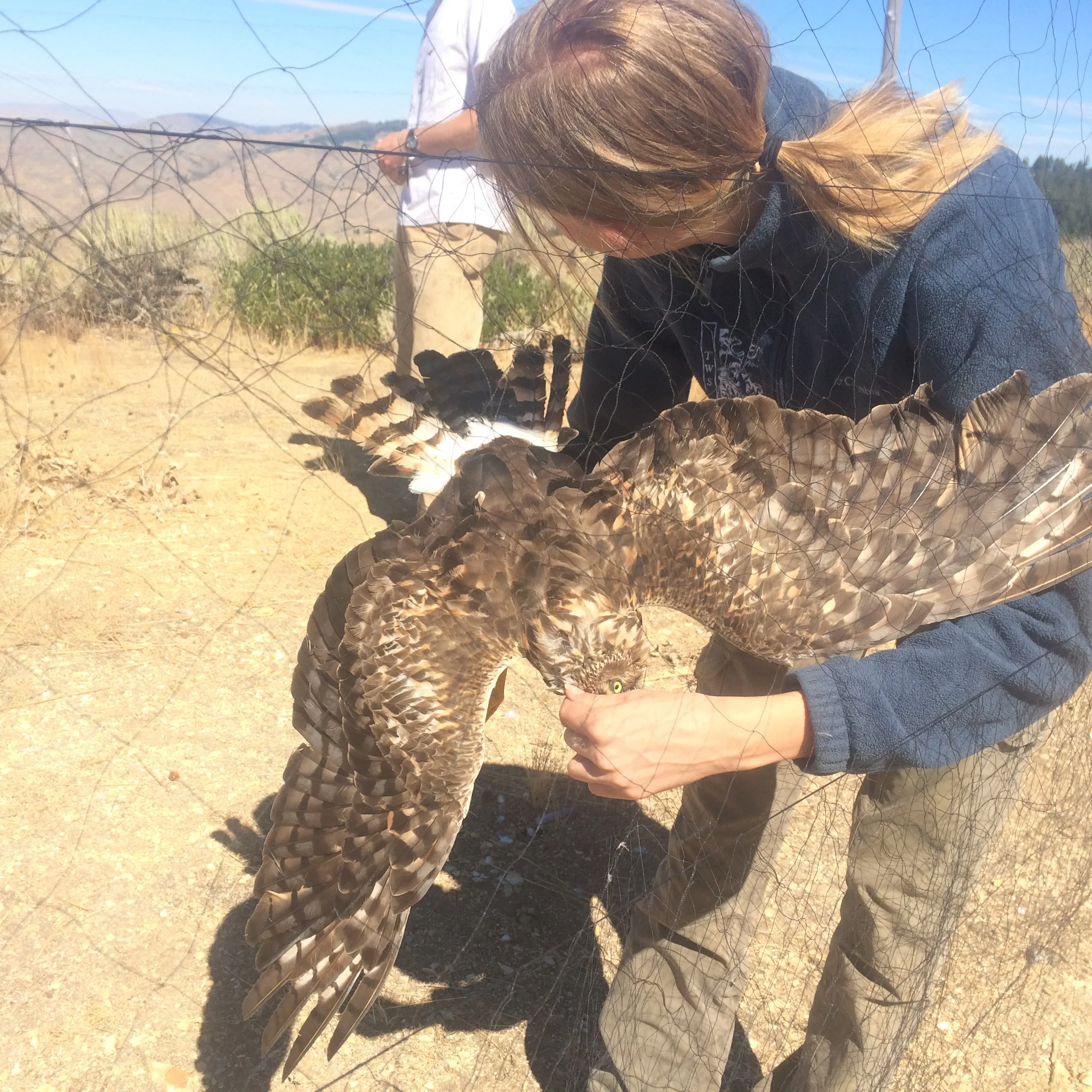
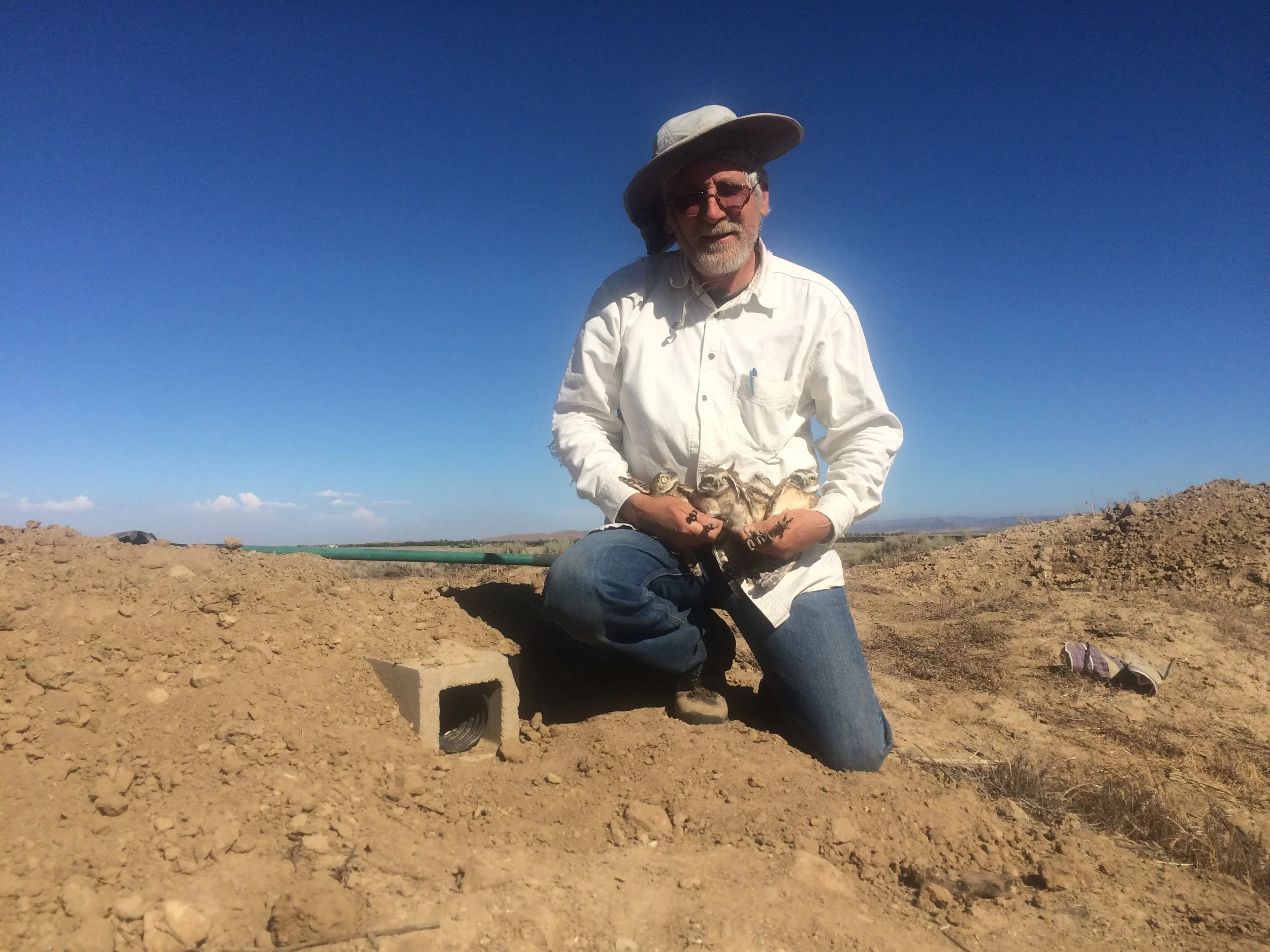

BRI’s founder and world-renowned raptor ecologist Dr. Peter Bloom was invited by California State Parks’ Environmental Scientist Lisa Fields to join in the Osprey nest monitoring at Mono Lake, CA – with close to 50 years of raptor conservation work, Pete has been able to add valuable insights to the monitoring efforts, and the team began banding all the nestlings they could in order to track their movements.